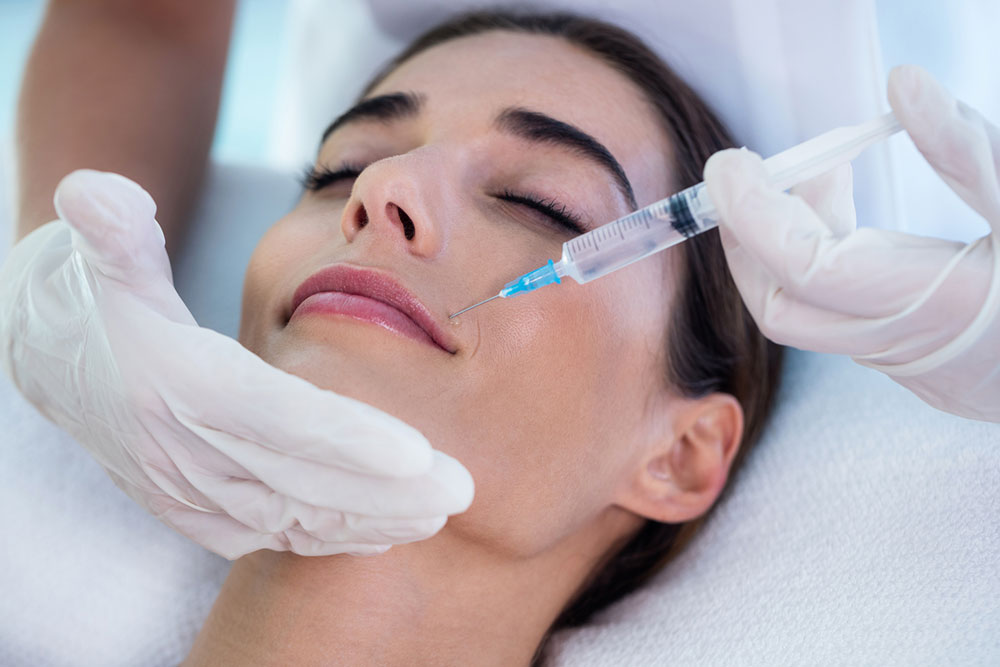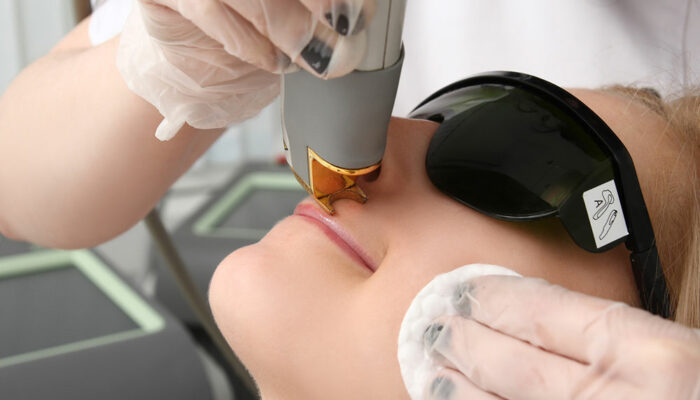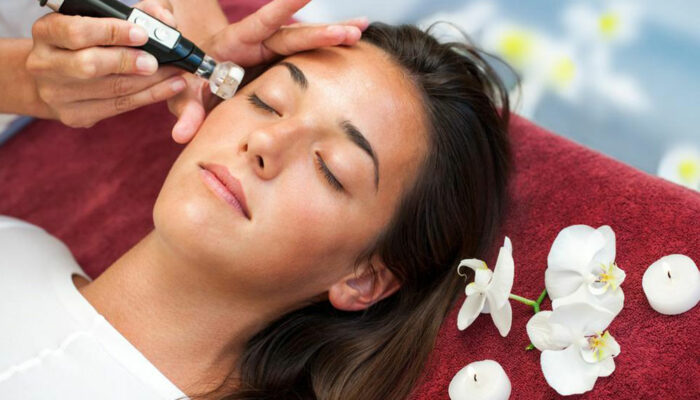
Botox Treatment for Specific Health Conditions
It’s a common misconception that botox is only used for cosmetic purposes, such as reducing the appearance of fine lines and wrinkles. Health practitioners would argue otherwise. Botox can also be used as a treatment for a variety of health conditions, including chronic migraines, excessive sweating, overactive bladder, lazy eyes, and neck spasms. Botox injections contain a neurotoxin, known as onabotulinumtoxinA, that works by temporarily preventing a muscle from moving.
Read on to see how one of the most popular plastic surgeries can help with specific health conditions:
1. Cervical dystonia
Cervical dystonia, also called spasmodic torticollis, is a nerve disorder that causes the neck muscles to contract involuntarily, causing the head to twist and turn into uncomfortable positions. This painful condition can be treated with botox injections which can relax the neck and shoulder muscles relieving the symptoms.
2. Lazy eye or eye twitching
Lazy eyes are commonly caused by an imbalance in the muscles responsible for positioning the eye. This condition can lead to an inability to focus, double vision, blurred vision, lack of depth perception, and eye soreness. Eye twitching that lasts for a few minutes to a few days and is usually caused by muscle overstimulation or fatigue. Botox can be used to treat both of these conditions by relaxing the eye muscles to realign the eyes or relieve muscle twitches.
3. Hyperhidrosis
Hyperhidrosis, or excessive sweating, is an embarrassing condition. The nerves trigger the sweat glands to produce sweat, even in the absence of normal triggers. Sweating is a necessary function to maintain healthy body temperature levels and botox treatments won’t interfere with this process. Botox works for excessive sweating by paralyzing the small muscles around the sweat glands, thereby lessening their functionality.
4. Chronic migraines
People who experience chronic migraines often experience nausea, light sensitivity, and severe pain in their head. The use of botox to treat migraines was approved in 2010 and is used to relax the muscles in the neck and the base of the head. Botox has proven effective in reducing the frequency of headaches.
5. Bladder dysfunction
Bladder dysfunction can cause a lot of grief in a person’s life. The condition can cause people to squeeze their bladders too often or without warning and cause them to urinate frequently or leak urine. Botox injected into the bladder can cause it to relax which can increase its storage capacity and reduce the frequency of episodes.
6. Chronic pain
The use of botox has been used effectively to treat various conditions that cause chronic pain, including arthritis, back pain, and nerve pain that is common in diabetes. It is used by injecting botox the body part that is the most affected by chronic pain.



